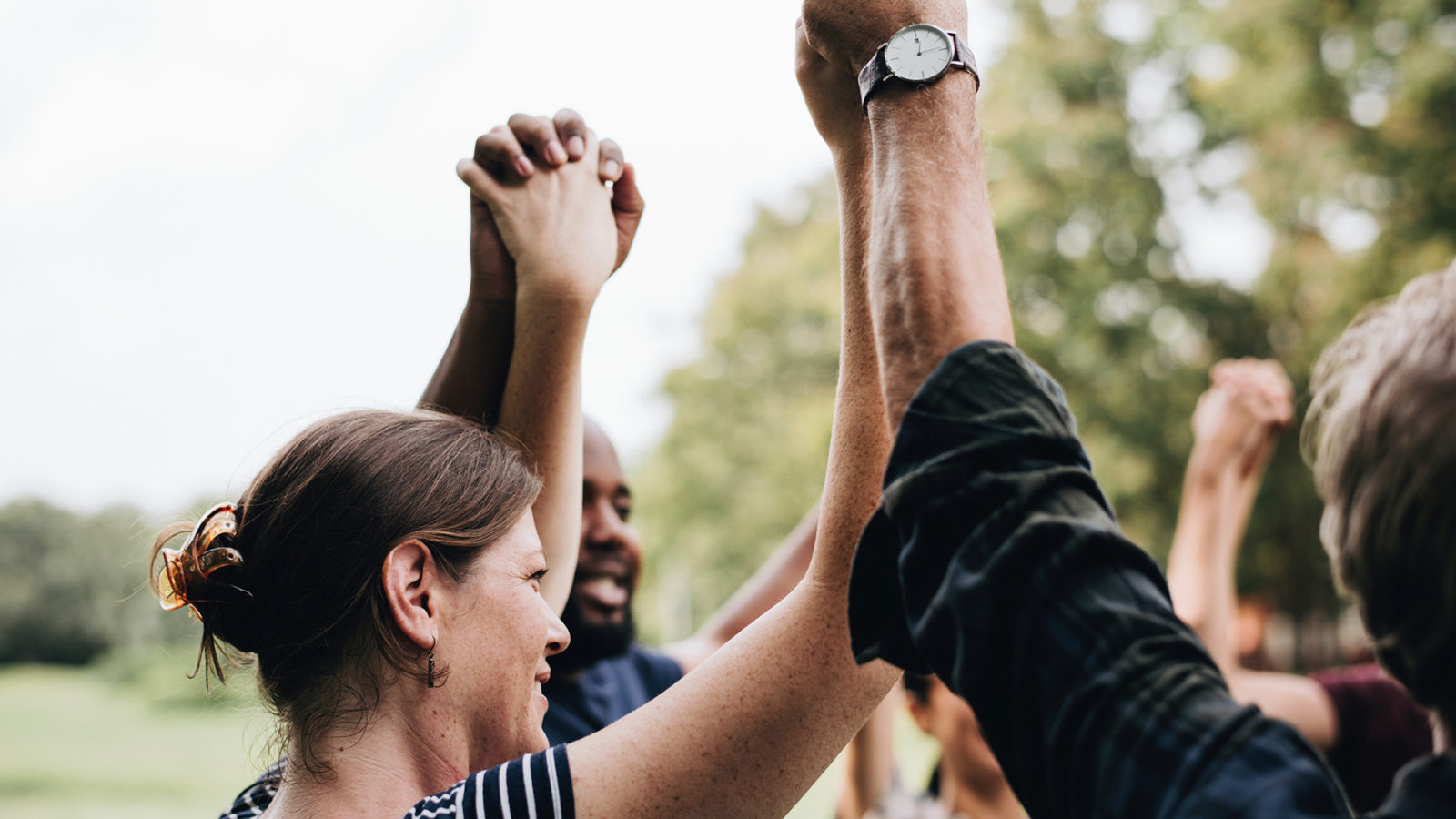A senior church lady was recently asked whether her home was available for a youth group to regularly meet. She was delighted at the request, and is now part of the youth group who are encouraging each other to become better disciples.
Asian-Australians from another church take Indigenous Australians to the shops and help them buy more healthy food. Wealthy Pacific Islanders teach homeless people to read. An entire conference has a regional Sabbath where the worship is intergenerational.
These are examples of the Church in the South Pacific at its finest: breaking barriers that have traditionally isolated people from each other.
When Jesus answered the disciples’ question on the future of the church, he said, “But you will receive power when the Holy Spirit has come upon you, and you will be my witnesses in Jerusalem, and in all Judea and Samaria, and to the ends of the earth” (Acts 1:8 ESV). The disciples could imagine witnessing for Jesus in Jerusalem and Judea because it was very familiar to them. But the Samaritans were hated, and the people of the earth were pagans and barbarians. Good Jewish Christians would not associate with such people.
Jesus knew that for the church to be successful the Spirit would lead them to break down the many cultural and social barriers. He envisioned and empowered an extraordinarily diverse movement of people—and it is still happening today.
“There is neither Jew or Greek, there is neither slave or free, there is neither male or female, for you are all one in Christ Jesus” (Galatians 3:28).
Racial, socio-economic and gender barriers don’t belong in our Church. I thank God for those who are removing these barriers with the Spirit!






